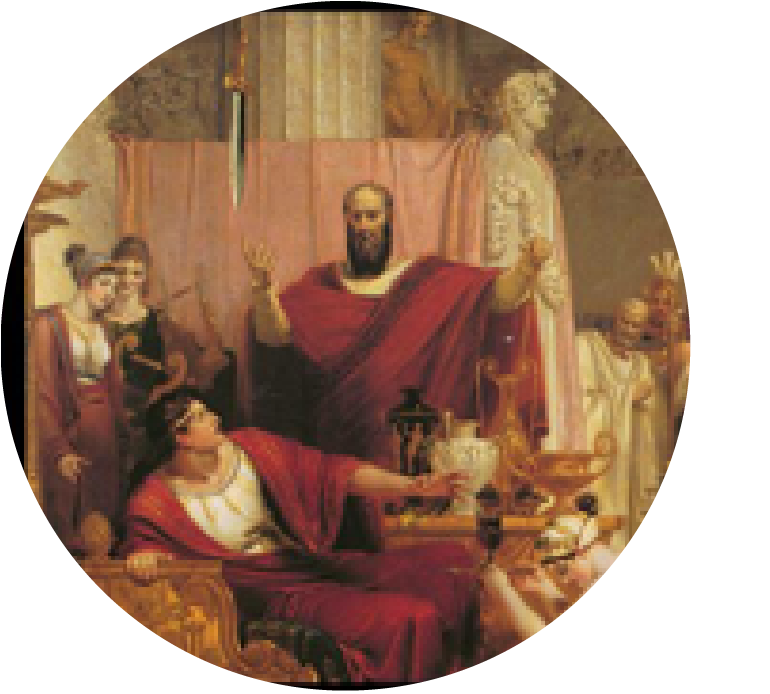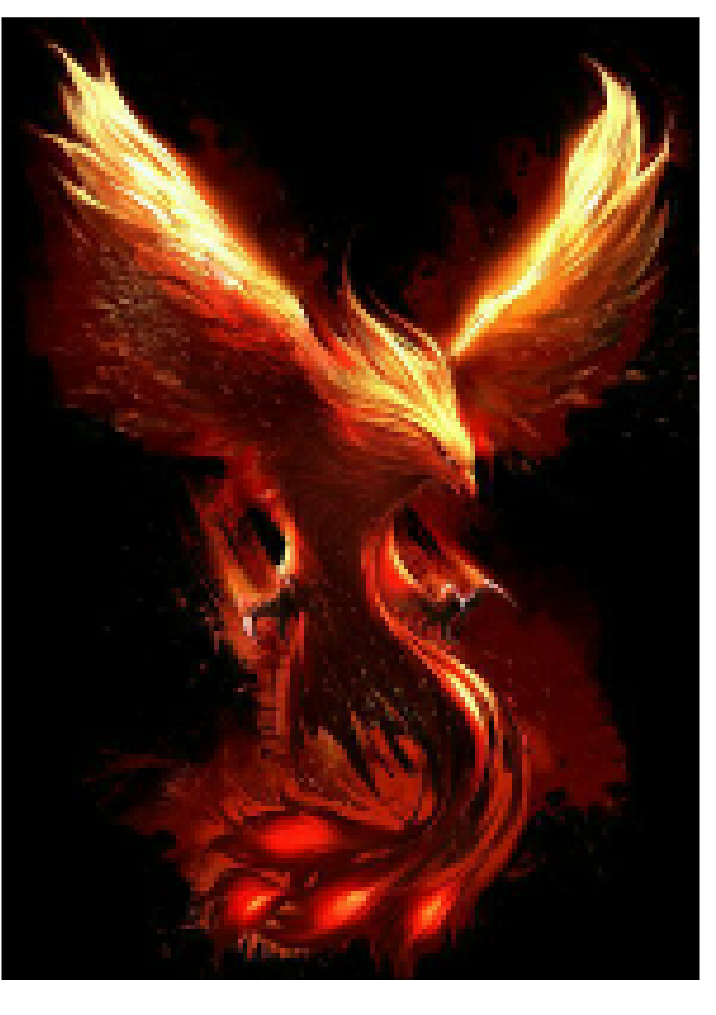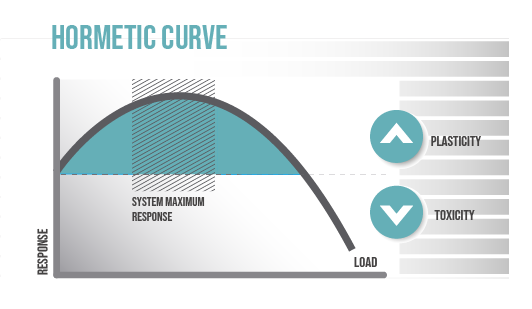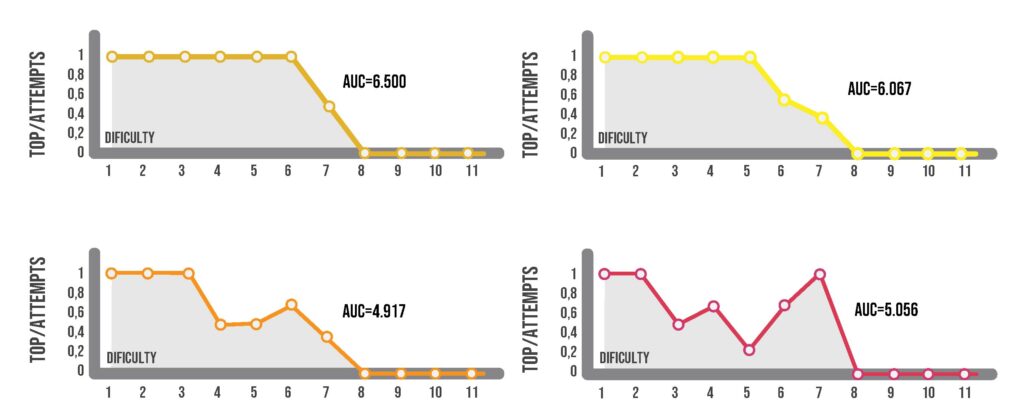Let’s imagine that we are about to send a box of crystal glasses. Most likely, on the outside we put several times and in a color that highlights the word “fragile”. This means that the content inside if it is mistreated, will be irreparably damaged. But what is the opposite concept of fragile? If we look for an antonym we will see that there is no word that defines the exact opposite. We could say that this word is robust, durable, rigid, but they are not concepts that speak exactly the opposite.
The robust is something that does not deform, does not break, remains in time, while the fragile is something that changes state, it goes from being whole to broken, from something functional to something dysfunctional. That is why the opposite should be something that after being mistreated changes its state to something higher, which is enhanced by the mistreatment of that package (which should say on its wrapper: “please mistreat”). This concept has no definition in any language and could be defined as antifragile.
On the opposite side of the fragile there are things that benefit from crises; They thrive and grow when exposed to adversity, chance, disorder, and stressors; they love adventure, risk and uncertainty. Antifragility is more than resilience or robustness. The robust endures shocks and remains the same; the antifragile improves.
This concept is developed by Nicholas Nassim Taleb in one of his books. To exemplify the states of fragility, robustness and antifragility. The author takes three myths or legends to explain these concepts: the Damocles sword, the Phoenix and Hydra of Lerna.

Dionysius was the ruler of the city of Syracuse. Dionysus’s name is reminiscent of the Greek god of wine and revelry, and he lived up to the name. Although he was rich and powerful, he was extremely unhappy. His strict way of governing had generated many enemies and was tormented by fear of being killed. One day a court flatterer named Damocles praised him and commented on how happy his life should be. In response to that, Dionysus invited him to take his place for a day, seated him on his golden throne, and ordered a multitude of servants to entertain him. He was pampered with succulent meats, liqueurs, wonderful perfumes and ointments. Damocles couldn’t believe his luck, but just as he was beginning to enjoy the life of a king, he noticed that Dionysus had hung a sharp sword from the ceiling, only suspended by a single horsehair hair, pointed at his head. After watching several times the sword above him, he asked to be excused, saying that he no longer wished to be so lucky.
Damocles is fragile like the government of Dionysus. This fragility was exemplified by the President of the United States J.F. Kennedy 1961 in the cold war when he said in a speech at the UN: ¨ Every man, woman and child lives under a Damocles nuclear sword, hanging by the slenderest of threads, capable of being cut at any moment by accident or miscalculation or by madness “

On the other hand, we can compare robustness or resilience with the myth of the Phoenix Bird. Its origin dates back to Libya and Ethiopia, although its name comes from the Greek and means red. Represented as a huge bird engulfed in flames and plumage like fire, he was considered a demigod, since he was consumed by the flames, only to be reborn from his ashes. The Greeks named it Phoenicoperus, for them, the phoenix had deliciously scented feathers and was a sacred animal that only existed in Egypt, it flew to the Heliopolis altar every five hundred years, where it burned with fire and was reborn the next day. In Egypt it was called Bennu and symbolized the floods of the Nile, the resurrection, and the Sun, which dies and is reborn every day.
The robustness of something that does not change state is always the same despite abuse or the influence of any stress. It is the ability to overcome critical moments and adapt after experiencing some unusual and unexpected situation, that is, return to normality: resilience.

Finally, the Hydra was a beast that had been raised in the swamps of Lerna, from where it would go to the plains to attack herds and devastate the land. It was enormous in size, with eight deadly heads, and a ninth in the center that was immortal. The main feature of Hydra was that as soon as one of its heads was cut off, two others grew in its place. In other words, the damage was good for him, strentghtened her. This is the synonym of antifragility. In order not to end the legend without end, Hercules managed to defeat the beast by cauterizing the stumps of the heads that he cut off with his sword, preventing them from growing again.
In sport, positive adaptations to adversity are the least expected (resilience or robustness) within a training process, since fragility would lead to injury or abandonment. Antifragility would be the option for such growth in the face of adversity, that is, going beyond resilience, providing a better field for adaptation and improving performance. An anti-fragile system is one that adapts to stressors. This is a subtle, but very important difference in resilience, with important implications for athlete evaluation and performance-enhancing training.

The ability of biological systems to adapt and grow from stressors in the environment is called hormesis. This concept describes the biphasic relationship between the dose of a potentially harmful stressor and the response that that stressor triggers in the body. If the dose is too small it could have a beneficial effect in the short term, and if the dose is too high it could cause the opposite effect. The key is find the optimal level of stress (load) to elicit the expected responses.
The hormetic curve can be used to quantify the plasticity of the system (phenotypic plasticity or PP), that is, the possibility of capturing the adaptability of an athlete or climber to a specific context of training or performance and providing a quantifiable index of antifragility. Phenotypic plasticity captures how adaptable an athlete is to a variety of settings and ultimately provides an index of antifragility.
In a recent study, Hill, Kiefer et al. (2020) applied these concepts to climbing. Their hypotheses suggested that a group of climbers with a similar climbing level would exhibit a wide range of phenotypic plasticity scores and that load levels produce functional responses that intensify with increasing load before reaching maximum amplitude. After the maximum amplitude, the response pattern begins to reverse until the athlete’s performance begins to decrease, until it is impossible to perform.
The first step is to identify the variables that define the physical state of form of an athlete. These fitness variables (or sets of variables) are then measured at multiple time points in a variety of more complex and challenging contexts (or dosing interventions), and used to create a series of fitness scores based on one or more of the identified variables. Phenotypic plasticity is quantified not as a function of an isolated score, but as a function of the longitudinal fitness curve created by plotting a time series of fitness scores and then calculating the area under the longitudinal fitness curve (Kiefer, 2017)
In the aforementioned study, the difficulty of eleven different boulders problems from 5A to 7B setted by a professional route setter was taken as a variable, all the boulder problems had at least one zone. 37 intermediate level climbers (26 men and 11 women) were recruited from a local climbing gym. Participants were required to climb as many boulders as possible in increasing intensity in a 10 minute period, and were only allowed to move to the next most difficult boulder once the previous problem was completed. They could make as many attempts as they wanted. After this test, they were given a 10-15 minute break, where they were asked to fill out a questionnaire, and at the end of this time they returned to perform the same problems in the same conditions as the first time.
The result of the individuals was quantified through a mathematical combination of two measures obtained: a) performance achieved (the percentage completed) and b) the number of attempts required for this purpose. With these data they located that data based on the difficulty of the boulders. To determine the area under the curve (PF), a summation of the individual scores of each of the boulders was performed.
Hormesis and phenotypic plasticity has the potential to provide coaches and athletes with an objective method of determining training load. Therefore, PP provides a comprehensive analytical approach to understanding the athlete’s adaptability to heterogeneous sports settings. Athletes who achieved the same performance (for example, went on to complete the Boulder of intensity 8 of 11) can demonstrate a wide range of FP indicating different levels of adaptability under different loads.
These graphical profiles allow to determine the routes that do not challenge athletes, those that exceed their capacity and those that really challenge the athlete. The first are those completed easily and in a single attempt (they obtain a score of 1), the latter when no progress can be made any more regardless of the number of attempts (they obtain a score of 0). Between these two extremes is the area where the challenge is optimal for the athlete. We can see in the following graph the response of four different athletes in the study who reached the same level of boulder intensity.

Four examples of different response curves to increasing intensity loads. Gray area corresponds to the area under the curve (AUC) with its corresponding score.
If we look at the figures, we will see that climbers A and B have a similar pattern of response with a similar area below the curve (PF), but in the case of the other two athletes they definitely have another response to the load. That is why individualized training windows are defined, not only by the level reached, but also by the structure of the plasticity of each of the athletes.
In the following figure you can see two examples, where climbers A and B, despite having the same maximum reached, their training window is very different; climber A has a high plasticity, with a recommended training window within high difficulties, while climber B has a wider recommended training window, incorporating low to high intensity routes. Generating these individualized profiles of how loads are handled can lead to finding the appropriate training intensities for each individual.

Although the study has limitations, the process of graphically generating the PP and thus having an idea of which loads to work allows trainers to have an objective parameter and provides the basis for understanding the dynamics of adaptive training responses. It should not be neglected that these profiles are dynamic and fluctuate depending on changes in external and internal factors, for this the same could be graphed, but in boulders of each of the styles that the coach considers relevant, and in this way bring much closer plus the profile to the particular reality of each athlete.
Training protocols that take advantage of these graphs that help build a profile of the athlete’s physical condition and, ultimately, the growth of phenotypic plasticity (antifragility) will greatly benefit.

References:
Hill, Y., Kiefer, A. W., Silva, P. L., Van Yperen, N. W., Meijer, R. R., Fischer, N., & Den Hartigh, R. (2020). Antifragility in Climbing: Determining Optimal Stress Loads for Athletic Performance Training. Frontiers in psychology, 11, 272. https://doi.org/10.3389/fpsyg.2020.00272
Hill, Y., Den Hartigh, R. J. R., Meijer, R. R., De Jonge, P., & Van Yperen, N. W. (2018). Resilience in sports from a dynamical perspective. Sport, Exercise, and Performance Psychology, 7(4), 333–341. https://doi.org/10.1037/spy0000118
Kiefer, A. W., Silva, P. L., Harrison, H. S., & Araújo, D. (2018). Antifragility in sport: Leveraging adversity to enhance performance. Sport, Exercise, and Performance Psychology, 7(4), 342–350. https://doi.org/10.1037/spy0000130
Kiefer, A. W (2017) Moving from biology to behavior I: Leveraging phenotypic plasticity to train beyond resiliency and toward antifragility in sport. Conference: Complex Systems in Sport 2017 International Conference: Linking Theory and Practice. October 5th, 2017 – October 6th, 2017, FC Barcelona Stadium “Camp Nou”, Barcelona. ISBN: 978-2-88945-310-8 DOI: 10.3389/978-2-88945-310-8
Taleb, Nassim Nicholas. Antifragile: Things That Gain from Disorder. New York: Random House, 2012.


Leave a Reply